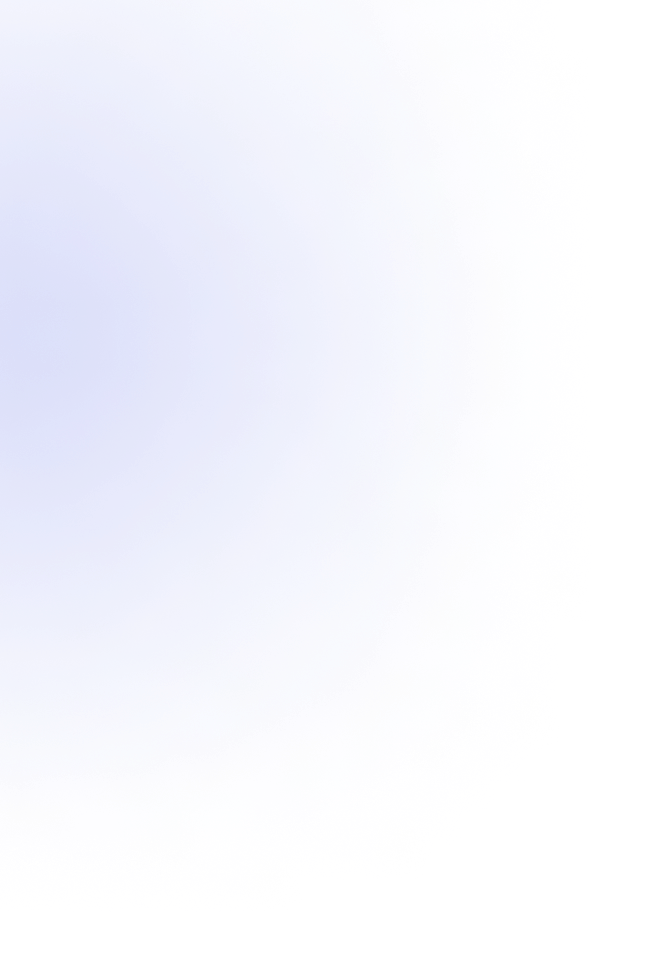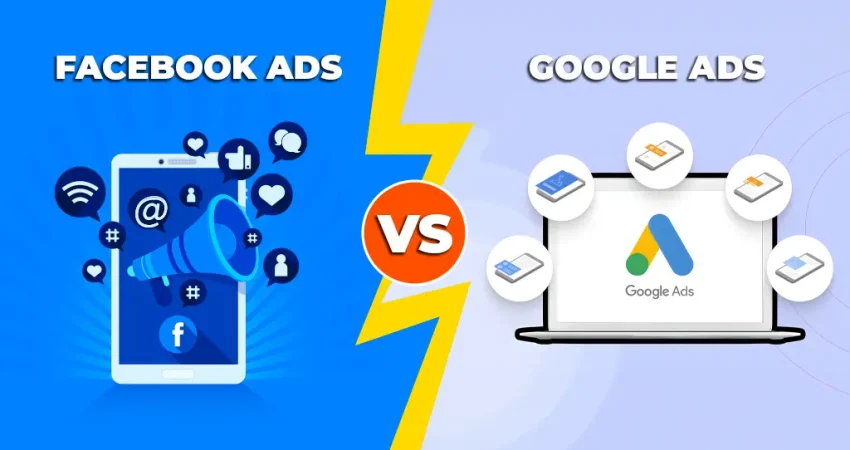Overview
Facebook Ads and Google Ads, previously known as Google AdWords, are two hugely massive giants in the world of digital marketing. Both follow a pay-per-click concept, where businesses can reach their target audience to make advertisements for selling on various websites. Even though they share various similarities, they are drastically different in terms of working, targeting, ad formats, budgets, and success measuring. This article serves to subtly explain all the nuances of Facebook Ads vs. Google Ads, thus really helping businesses make their decisions on advertising strategies.
What is Google Ads?
Google Ads is a robust platform for businesses to reach their target customers. It allows an advertiser to bid on key words, ensuring that their ads appear whenever users search for such words with Google AdWords. Such a platform will be very ideal for businesses targeting users who are actively in search of products or services like theirs. With Google Ads, businesses get to do the following:
- Show up at the top of SERPs, therefore increasing awareness
- Drive website traffic and generate leads
- Through targeting of users on specific keywords and demographics
- Measure success through conversions, such as form submissions, calls, and purchases.
What is Facebook Ads?
Facebook Ads is an extremely popular platform used by businesses to reach their target audience through paid social advertisements. It offers different targeting facilities on demographics, interests, behaviors, and so much more. Facebook Ads will be the perfect avenue for any business desiring to:
- Build brand awareness and increase reach.
- Drive traffic to your website, get leads.
- Target users based on specific demographics, interests, and behaviors.
- Measure success by means of the engagement metrics, which include likes, shares, and comments.
Facebook Ads vs. Google Ads: A Breakdown
Paid Search vs. Paid Social
This is foundational to understanding the difference between Google Ads and Facebook Ads. Google Ads should, more accurately, be described as paid search users who are motivated and issuing a request for products or services, whereas Facebook Ads are based on paid social targeting users via demographic, interest, and behavioral segmentation.
Paid search advertising is an ideal way to reach users who are actively looking for similar products or services to the business. Such an approach is usually termed “pull marketing” since, in such a scenario, the users can pull the required information towards themselves.
Paid social advertising, such as Facebook Ads, works best for businesses seeking brand awareness and website traffic. That approach might be identified as “push marketing”: Business pushes its message to users, who may not necessarily be in search of products or services like ones a business has.
Targeting
Again, while Google Ads targets users based on keywords, Facebook Ads does so on demographics, interests, behaviors, and more. Google AdWords will work well for those businesses targeting users who are actively searching for products or services like theirs. Facebook Ads are best used for building brand awareness or driving website traffic.
The targeting options in Google Ads include the following:
- Keyword targeting: This targets users by precise keywords and terms.
- Location targeting: This refers to the targeting of users based on their location.
- Language targeting: This involves targeting users based on the language they use.
- Device targeting: Based on the device type, target users.
Some other options included in Facebook Ads targeting include:
- Demographic targeting: This targets user based on their age, gender, location, and so much more.
- Interest targeting: Interest targeting shows an ad to people who have expressed interests or likes in specific topics like your product or service.
- Behavioral targeting: Shows ads to people, based on their actual behavior and actions.
- Lookalike targeting: Shows ads to people who are like existing customers/followers.
Ad Format
Google Ads is text-based, while Facebook Ads are much more image-and-video-based—besides other ad carousels. Ads would be the best for businesses looking towards conversion, and Facebook Ads is a great choice when it comes to brand awareness.
Google Ads ad formats include:
- Text ads: It will allow you to create ads with a headline, description, and URL in purely text form.
- Shopping ads: These include product-based ads that contain images, price, and reviews.
- Video ads: These are video display ads, optionally with sound and vision
Facebook Ads ad formats include:
- Image ads: Image based adverts with a headline, text and call-to-action
- Video ads: video-based adverts with sound and vision
- Carousel ads: Multiple images or cards shown in one ad
- Collection ads: A collection of products or images in one ad
Budgeting
Google Ads and Facebook Ads are both PPC, but paid search in Google AdWords is often highly competitive, so it’s usually pricier. Facebook Ads give advanced options while setting budgets and hence is ideal if your business budget is strained.
Budgeting options available in Google Ads:
- CPC Bidding: Setting a maximum bid for each click.
- CPM bidding: This involves setting a maximum bid for every 1,000 impressions one wants to buy.
- Daily budgeting: Setting a budget per day for spending.
Budgeting options available on Facebook Ads include:
- Cost-per-click bidding: This involves setting a maximum bid for each click.
- Cost-per-thousand impressions bidding: Set a maximum bid for every 1,000 impressions.
- Daily budgeting: Set a daily budget for ad spending.
- Lifetime budgeting: Total budget one sets for the ad campaign.
Measuring Success
Google Ads success is measured on conversions, which can be form completions, phone calls, purchases, etc. Facebook Ads measures success based on engagement metrics like likes, shares, and comments.
Some of the metrics in Google Ads include;
- Conversion rate: percentage of users who complete a desired action.
- Cost-per-conversion: cost of each conversion.
- Return on ad spend: Revenue generated by every ad spent.
Some of the metrics in Facebook Ads include;
- Reach: Number of users who viewed the ad
- Impressions: How many times has the ad been on display
- Engagement rate: what percentage of the audience has engaged with the ad
- Cost-per-engagement: cost per engagement
Using Both Facebook Ads and Google Ads
Running campaigns in both Facebook and Google AdWords can be potent in business. On one hand, Facebook Ads are building brand awareness; on the other, Google Ads will retarget users who are looking for exactly what is being offered. This means getting the largest reach while geared towards driving conversions by running campaigns in both platforms synchronically.
Benefits of Running Both
- Increased reach: more users across search and social platforms.
- Better brand awareness: Drive brand awareness with Facebook Ads and retarget users with Google Ads.
- Increased targeting: Facebook Ads users can focus on demographics, interests, and behaviors, while Google Ads users can target based on keywords and searching behavior.
- Better method of measurement: Track both the volume of conversions, along with engagement metrics, from both platforms for a complete view of campaign performance.
Challenges of Running both Platforms
One major challenge of running both Facebook Ads and Google Ads is to globalize data so that telling a complete story about campaign performance is possible. Easily having reports on both platforms, for appropriate campaign management, becomes an operational challenge for agencies.
Best Practices to Leverage Both Platforms
- Set clear objectives for each platform.
- Implement consistent branding and messaging across both platforms.
- Use Facebook Ads, which focuses on the user’s behavior and demographics, and Google Ads, based on his search behavior.
- Monitor and optimize campaigns for better ROI regularly.
Conclusion
So, two giant platforms, including Facebook Ads and Google Ads, help businesses to reach out to the potential audience and drive conversions—with the similarity lying only in the differences based on targeting, ad formats, budgeting, and measurement of success. The dissimilarities of Facebook Ads to Google Ads bring about understanding that helps a business make an informed decision when to use the platform and how much returns to expect from maximization. Using both platforms will help a business increase its outreach, leading to better brand awareness and conversions.


